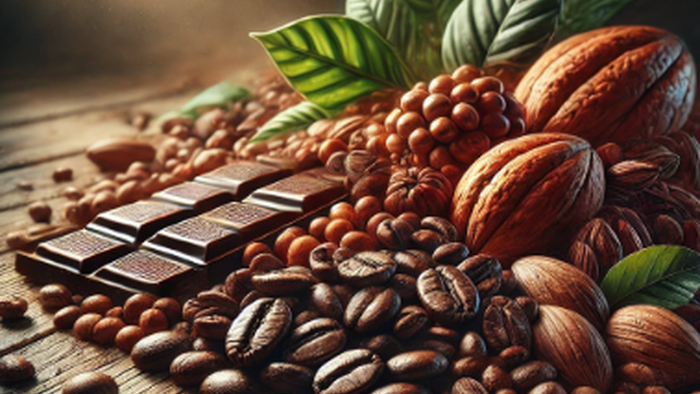Rising food inflation is a pressing concern for cash-strapped U.S. consumers, particularly as prices for essential commodities like coffee and cocoa are climbing to alarming levels. Coffee futures, specifically Arabica coffee, recently hit a record high in New York, largely due to fears of a global supply crunch. Prices surged nearly 5% in a single trading session, reaching their highest levels since data collection began in 1972. The current spikes in prices are reminiscent of previous disasters that impacted Brazilian yields, such as the catastrophic Black Frost event. Analyst Steve Pollard of Marex Group noted that concerns are mounting regarding Brazil’s arabica crop for the 2025-26 growing season, with recent crop tours suggesting production will remain worryingly low, around the mid-30 million bags.
Volcafe Ltd., a significant agricultural trader, has notably cut its forecast for Brazilian arabica production due to severe drought conditions affecting the region. The company’s new estimates suggest that the South American nation will produce only about 34.4 million bags of arabica coffee in the forthcoming growing season, a staggering reduction of 11 million bags compared to the previous September forecast. Furthermore, the global coffee market is predicted to experience a production shortfall of approximately 8.5 million bags for the same season, marking the fifth consecutive year of supply deficits. Sucden Financial’s Viktoria Kuszak remarked on the current strong fundamentals in the coffee market, predicting these elevated price levels are expected to persist.
The cocoa market is experiencing similar challenges, as the most active contract in New York surged to its highest level in seven months, driven by poor production forecasts from West Africa. The price of cocoa has surged by 58% since late October, reaching $10,500 per metric ton, marking the highest point since June. The adverse weather conditions affecting key producers like Ivory Coast and Ghana are a major factor in this upward trend. Steve Wateridge, head of research at TRS by Expana, commented on the deteriorating outlook for mid-crops in the region, emphasizing that future weather conditions will play a critical role in determining whether this trend of declining supplies continues.
Broader food price trends, tracked by the Food and Agriculture Organization of the United Nations’ Food Price Index, indicate that global prices for essential foodstuffs have alarmingly re-accelerated this year. This index monitors the international prices of a basket of food products and provides critical insights into food inflation trends. Given the rising costs of staple commodities, the prospect of continued food inflation raises concerns for many consumers already facing financial strain due to various economic pressures.
The new surge in cocoa bean prices aligns with commodity trader Pierre Andurand’s earlier bullish thesis about the worsening global supplies, reinforcing the idea that markets are grappling with persistent pressures. This ongoing situation underscores the difficulty in managing food prices, which, despite government assurances to the contrary, remain stubbornly high. The fact that these commodities are integral to numerous food products compounds the significance of their rising prices, which could signal broader inflationary pressures across the food sector.
Overall, the trajectory of food inflation is increasingly troubling for consumers, especially as coffee and cocoa prices are poised for sustained increases due to supply chain issues and adverse climatic conditions. This scenario lays bare the vulnerabilities within global agricultural systems that, when combined with increasing demand for these commodities, could result in further financial hardship for consumers already navigating a complex economic landscape. The persistence of high food inflation, marked by the rise in prices for essential items, requires vigilant attention and strategic response from governments and consumers alike as they prepare for a challenging economic future.

